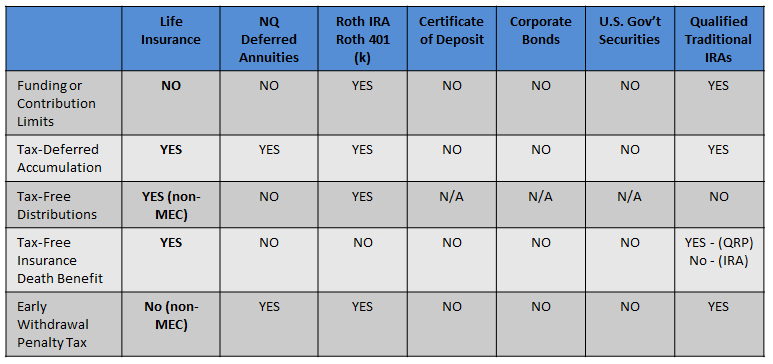Balanced Funds
Balanced funds typically invest in both stocks and bonds, for example, invest 60% in stocks and 40% in bonds. Bonds' yield maybe low, but if the stocks go down, bonds would offer certain protections.
However, the downside is if the stock market surges, balanced funds' return may not be equally spectacular.
A good example of the Balanced Funds is Vanguard Balanced Index (VBINX).


 RSS Feed
RSS Feed
